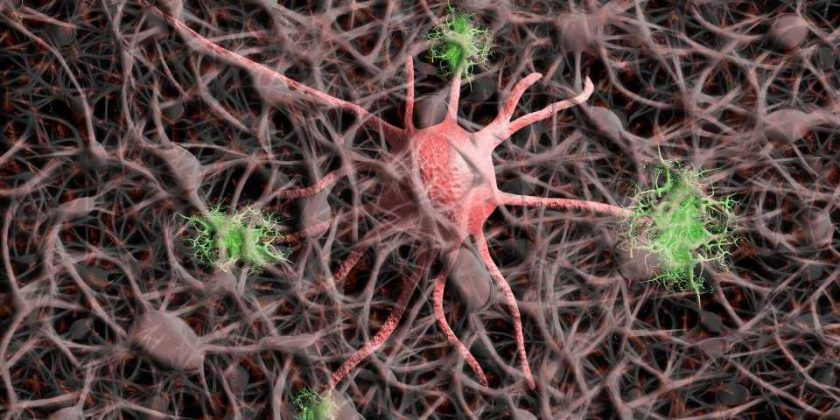
Scientists have long known that the cells’ “protein destruction machine,” the proteasome, plays a crucial role in protein clearance within the brain. However, a new study published in Science has revealed that its essential component, the 19S regulatory particle, has an independent “moonlighting” role at synapses, and thus might offer new opportunities in the diagnosis and treatment of a range of neurological disorders.
Darwin’s theory of evolution highlighted the importance of adaption and diversity in the natural world. Inside a biological cell, can proteins also perform new functions in new contexts? The answer seems to be yes for the brain’s primary protein-degradation machine, especially when it is placed at synapses, revealing a hitherto unknown mechanism that allows synapses to change in response to different circumstances.
The role of the regulatory (19S) proteasome particle has always been exclusively linked to its functioning in the proteasome complex, where it collaborates with the catalytic (20S) particle to recognize and remove unwanted or damaged proteins—a mechanism that is crucial for normal brain development and function.
Using a super-resolution imaging technique, called DNA PAINT, the research team noticed an abundance of free 19S particles in synapses, floating around without their 20S partners. “What we realized was that 19S is not only a partner of 20S. It also works alone as an independent regulator for many key synaptic proteins. This revealed a whole new dimension to our understanding of protein function at synapses,” explains Chao Sun, Associate Professor, and lead author of the article.
The researchers found that the abundant free 19S particles seem to interact with a number of synaptic proteins, including those involved in neurotransmitter release and detection, thus regulating information transfer and storage at synapses.
“Usually, if the cell makes excess copies of one protein component, it needs to get rid of these excess copies. Because cells do not like to have extra proteins lying around when they can’t find partners to enable protein function. We call them ‘orphan proteins.’ But in this case, it seems like the synapses are making use of these free 19S particles and adapting them to fulfill alternative functions in the synapses,” Chao Sun explains.
With this new discovery, scientist now has a new target for both understanding and treating neurological diseases with dysfunctional synapses, such as Parkinson’s disease and dementia.
More information:
Chao Sun et al, An abundance of free regulatory (19S) proteasome particles regulates neuronal synapses, Science (2023). DOI: 10.1126/science.adf2018. www.science.org/doi/10.1126/science.adf2018
Journal information:
Science
Source: Read Full Article
